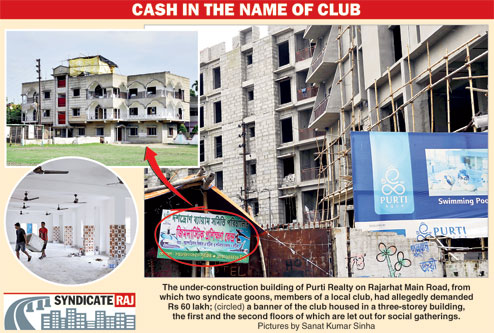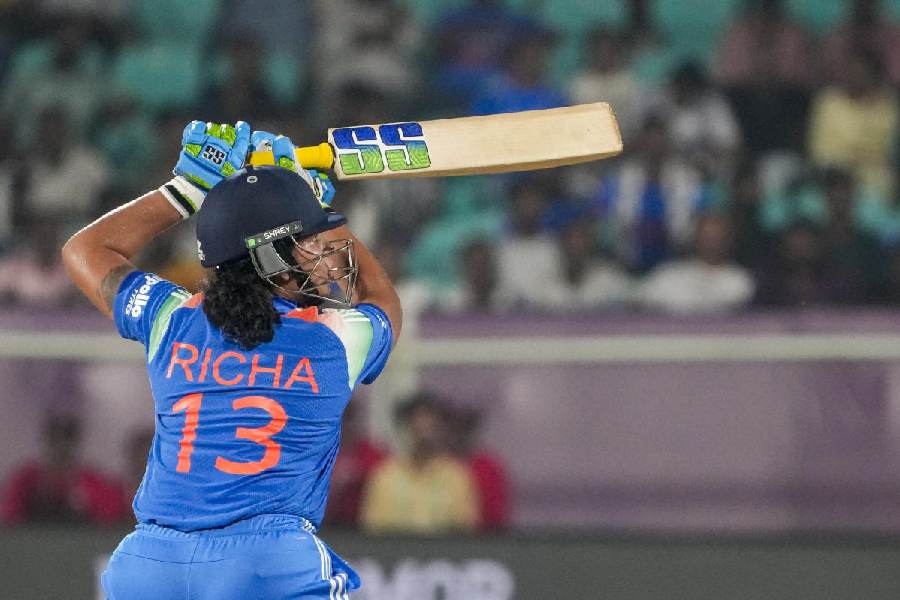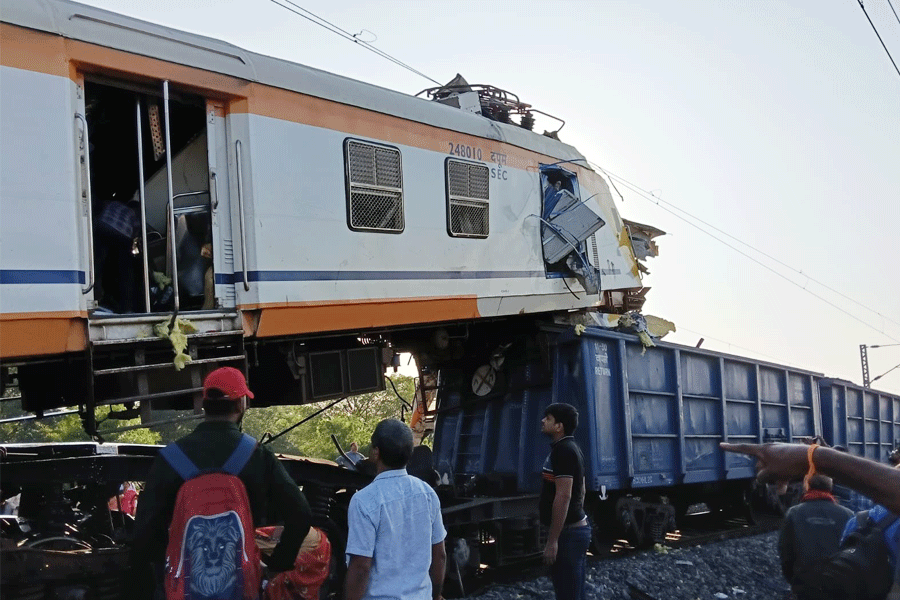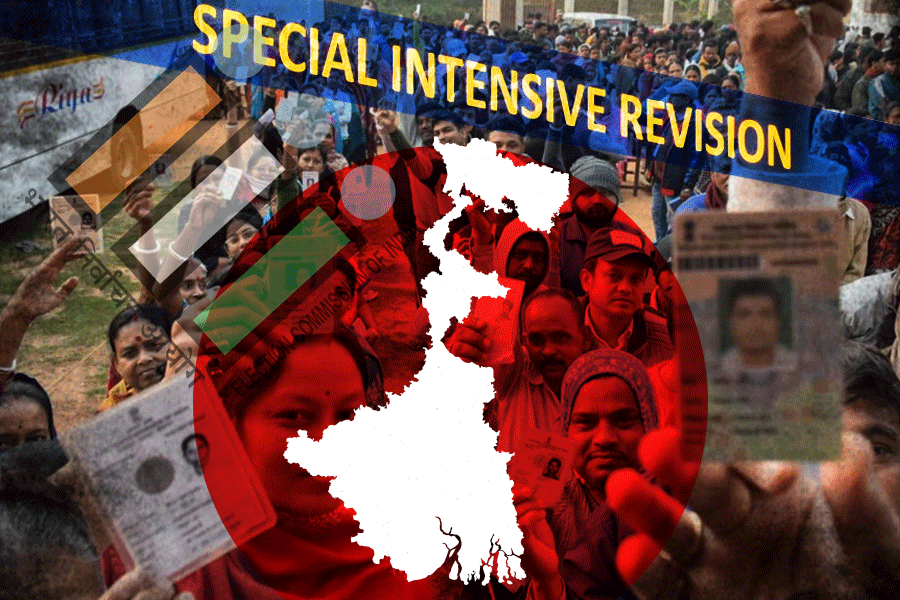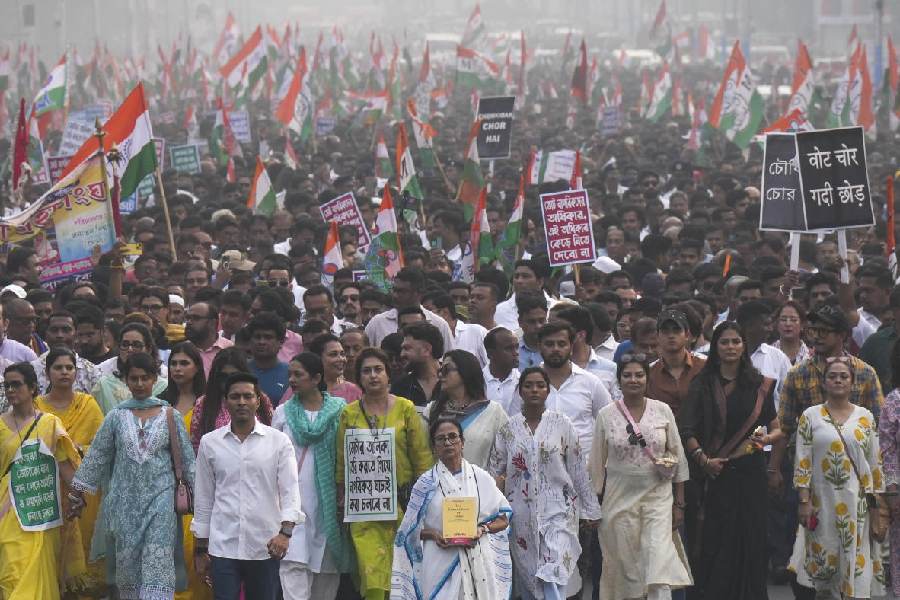The baby-sale racket in Bengal is being fed by a vicious cycle of poverty, rampant women and girl trafficking, unwanted pregnancies and historically lax vigilance.
The National Crime Records Bureau reported a 25 per cent increase in child and infant trafficking in Bengal in 2015, leaving the state second only to neighbouring Assam in the roll of dishonour.

According to social workers and NGOs that help trafficking survivors, the state is one of the first stops for traffickers looking to supply girls and women to red-light areas and child brides to villages in Punjab and Haryana where the sex ratio is shockingly skewed.
When exploitation leads to unwanted pregnancies, many newborns are either abandoned or sold off to traffickers.
"Trafficking is an organised crime with a strong nexus. In remote areas, a close friend or even a relative could be the link," said Rishi Kant of the NGO Shakti Vahini.
Statistics bear out Bengal's infamy. Around 4,000 girls went missing from South 24-Parganas alone in 2015, Kant said. This year, the number of suspected trafficking victims from that area is estimated to have touched 3,000. Girls in their early teens are the ones most easily exploited, often resulting in unwanted pregnancies and a second chain of trafficking.
Hot spots
The areas most vulnerable to child trafficking include villages in North and South 24-Parganas, Sunderbans, Haldia, Malda, Jalpaiguri, Darjeeling, North Dinajpur and the fringes of Calcutta. Murshidabad and Nadia are the new playgrounds of traffickers.
From infants to teenage girls, nobody is immune. They are either sold off to beggar gangs, brothels or childless couples looking to skirt the process of legal adoption.
Soft targets
Unwed mother: A girl or a young woman in a village getting pregnant and left to fend for herself is often likely to abandon her baby almost immediately after birth. The law stipulates that every infant/child found abandoned has to be cleared for adoption by the Child Welfare Committee (CWC). But in remote areas, an abandoned newborn is invariably picked up faster by traffickers.
"How would a poor, ignorant woman-child have access to a helpline or a police station? She possibly wouldn't even own a phone," Ruchira Gupta, founder president of Apne Aap Women Worldwide, told Metro.
Unwanted girl child: Many poverty-stricken families would hand over a baby girl willingly to traffickers in lieu of money, according to Gupta. "Sometimes, the mother is not even informed."
Child bride: Bengali brides are sought after in Punjab and Haryana villages with a skewed sex ratio. "They are usually fair and genetically reach puberty faster. Traffickers find it easy to sell them to prospective grooms up north. Most of these girls are mentally tortured and sexually and physically abused. If a child bride gives birth to a baby girl, both mother and child could be resold, sometimes to two different agents," said a social worker who did not wish to be named.
Sex worker: Brothel-keepers in Sonagachhi and Kidderpore force many sex workers to give up their babies for want of space to raise them. The poorer ones often do so themselves because they don't have the means to bring up a child.
Shelter inmate: Many orphanages and shelters, especially in the remote areas of the state, are out of surveillance range. Sometimes, they might not even be registered facilities.
These are the places that infant and child traffickers are most likely to misuse. Not that the registered ones are any safer, although officials of the CWC claim to monitor their activities.
Social workers say that there are instances of babies being put in registered shelters without intimating the committee, leaving them more vulnerable to trafficking.
Babies in unregistered shelters are, of course, even easier to sell. A 2010 exposé by the The Telegraph had highlighted how two journalists masquerading as a live-in couple were promised a baby in weeks from one such shelter in Kestopur.
Adoption ethics
Every parent wanting to adopt a child legally needs to apply online for permission from the Central Adoption Resource Authority (CARA), which has a page for this purpose on its website. "A couple cannot approach even specialised adoption agencies on their own," said Deepak Kumar, secretary of CARA.
The process of matching a child with prospective parents can take a year or longer. Even after a child is taken home, the paperwork continues. Kumar attributes the long-winding process to the shortage of babies for adoption in the "referral pool" rather than red tape.
"Only a handful of babies are produced before the CWC. Many of the older children in shelters have never appeared before the committee. Abandoned babies are sold off faster than they are rescued," he said.
The waiting list at CARA includes 12,000 couples from India and 600 from abroad. The number of babies cleared for adoption is barely 1,800. Of them, a large number are children with special needs.
In Bengal, 111 cases are pending clearance by the CWC.
Process of law
Once police are informed about an abandoned child, they pass on the details to the Childline India Foundation (helpline 1098).
"Childline staff conduct the rescue and produce the child before the CWC. Till the child is cleared for adoption, he/she is kept in a shelter. The police have little to do with it," said Chandrasekhar Bardhan, additional SP of South 24-Parganas.

